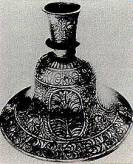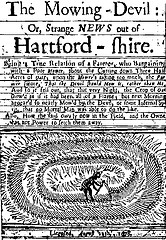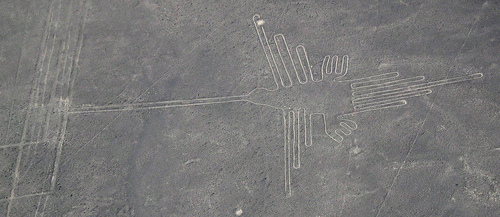
The June 1851 issue of Scientific American reported that a zinc and silver vase had been blasted from solid rock 15 feet below the surface of Meeting House Hill in Dorchester, Mass. The bell-shaped vessel had floral designs inlaid with silver.
Experts at the time estimated it to be about 100,000 years old, which would obviously throw everything we know out the window.
Unfortunately, it disappeared after circulating through several museums. What’s the real story? Who knows?





